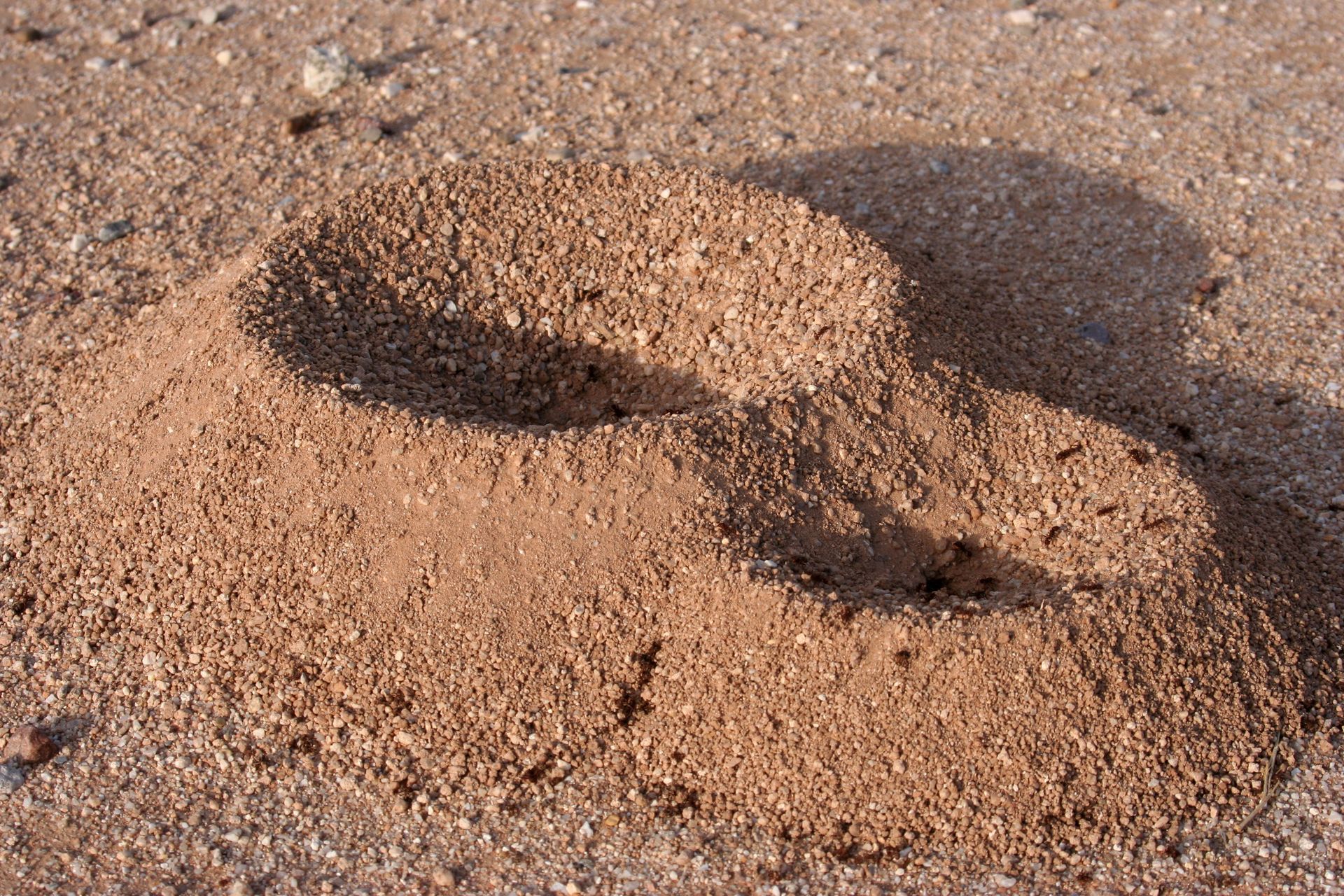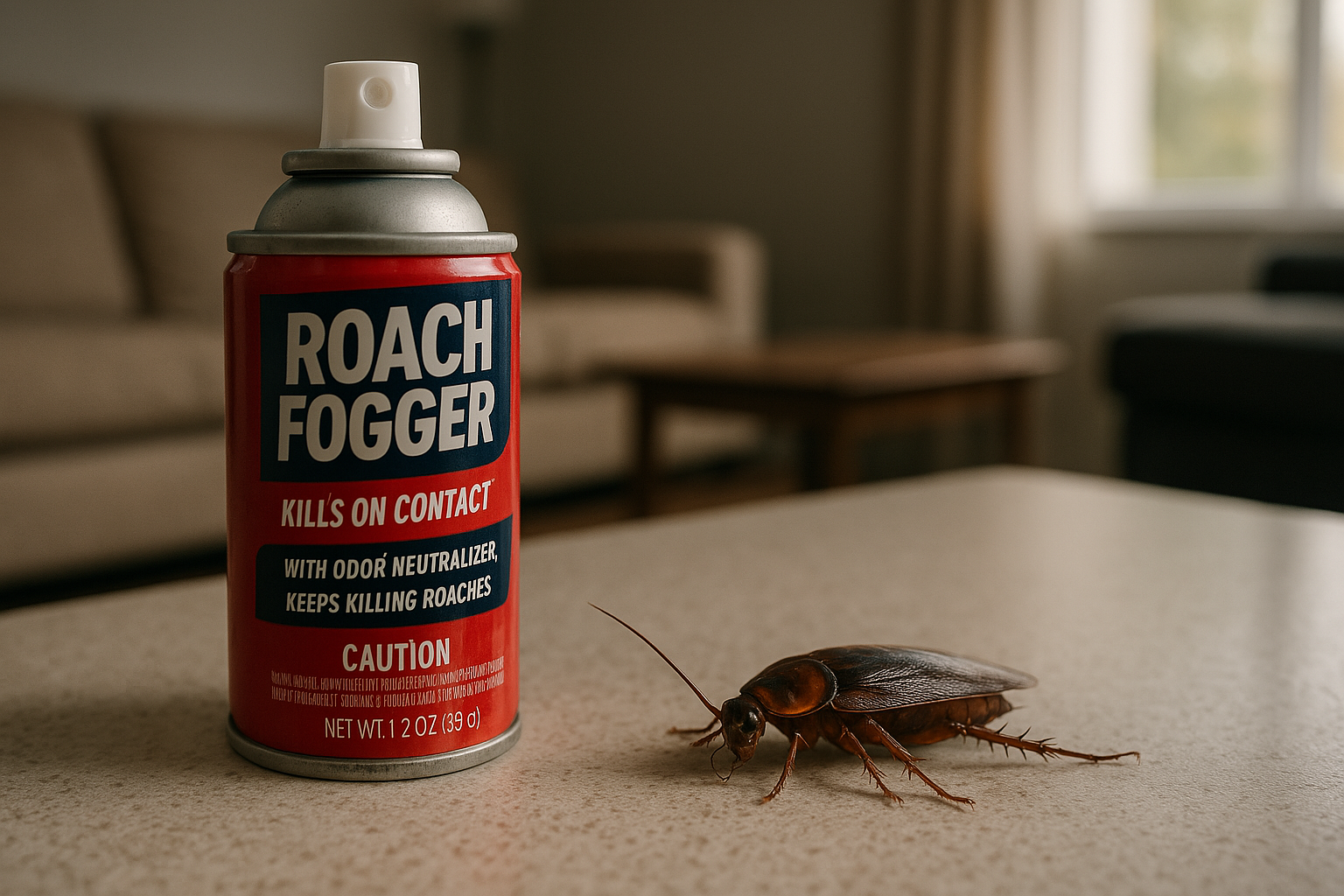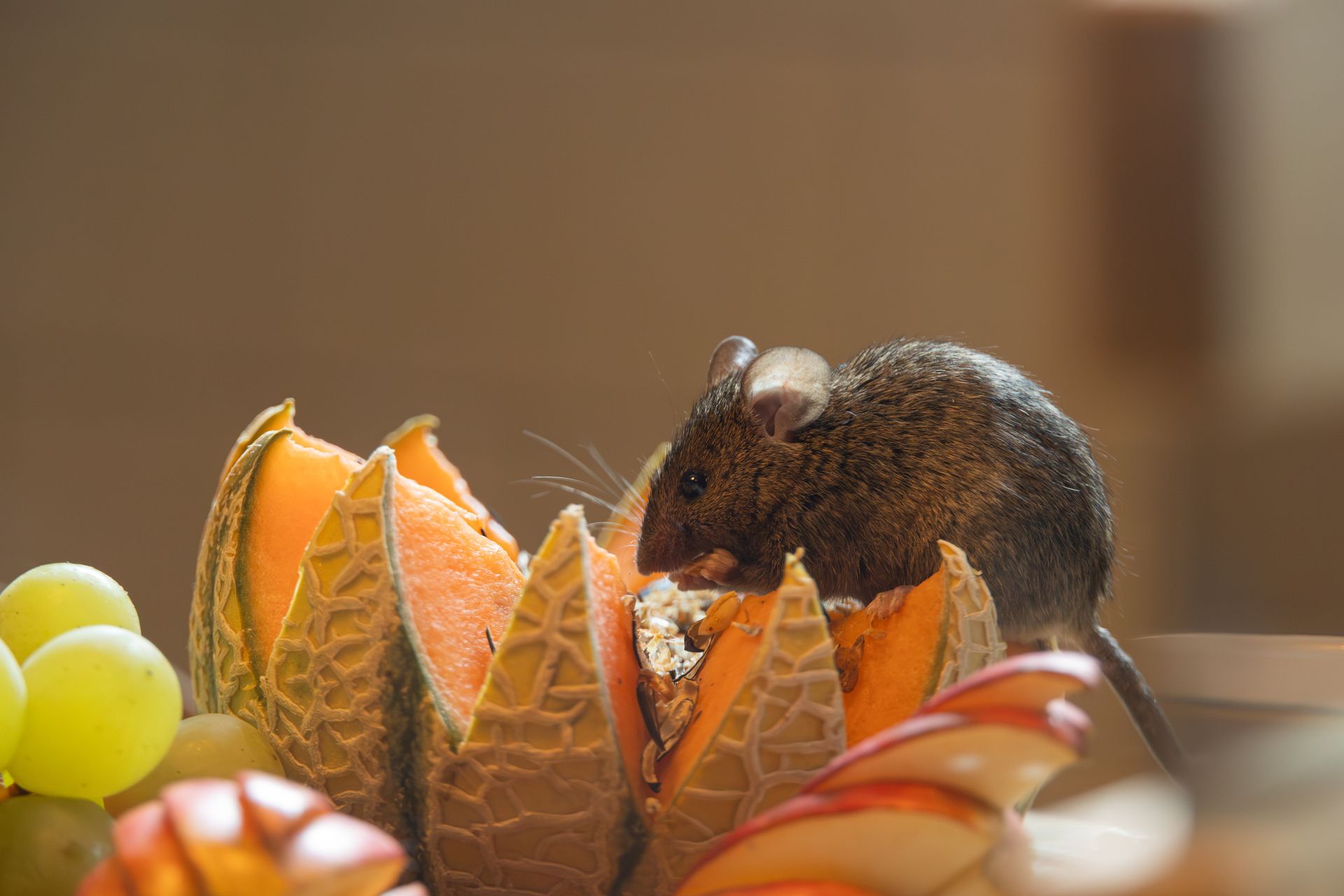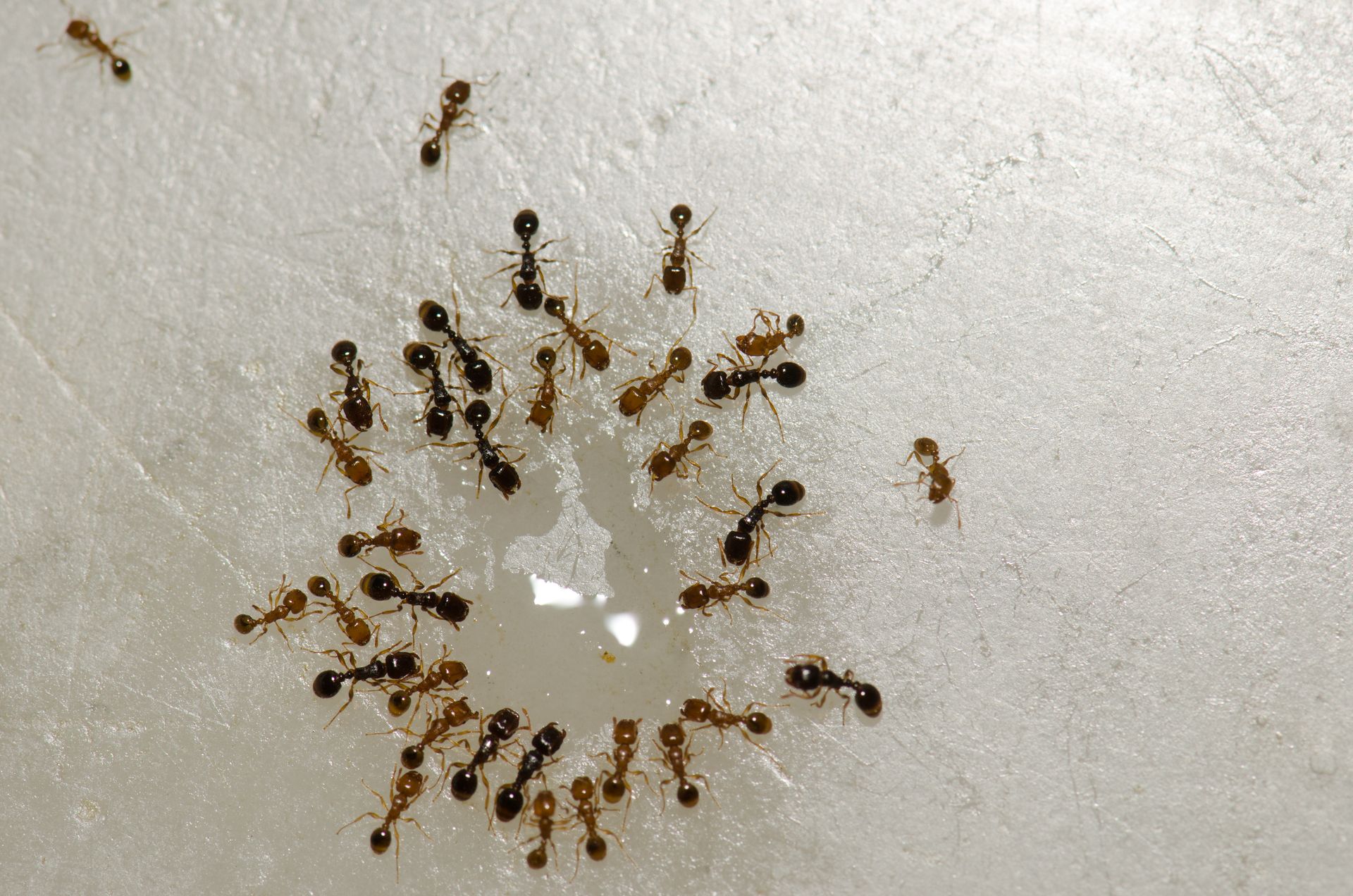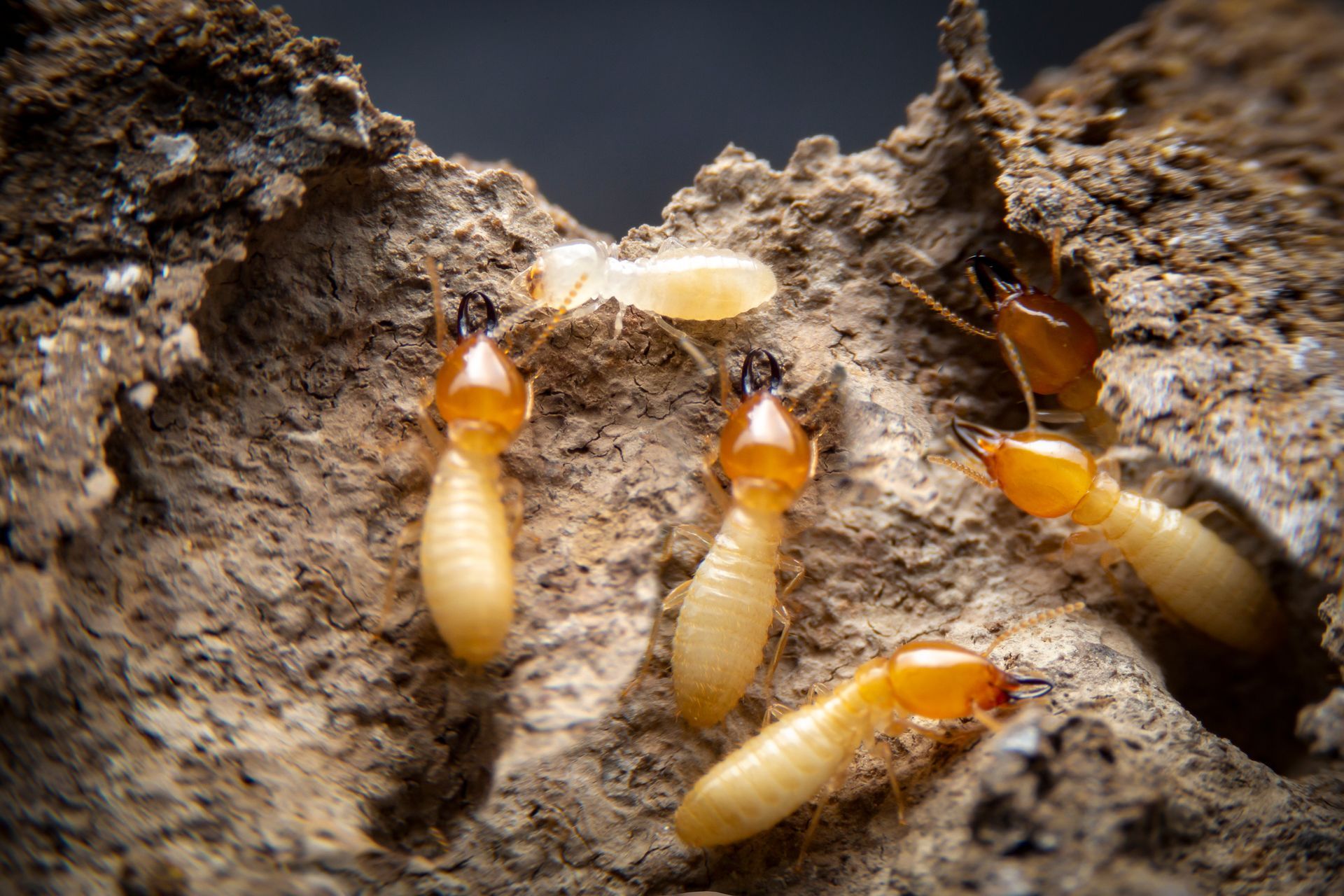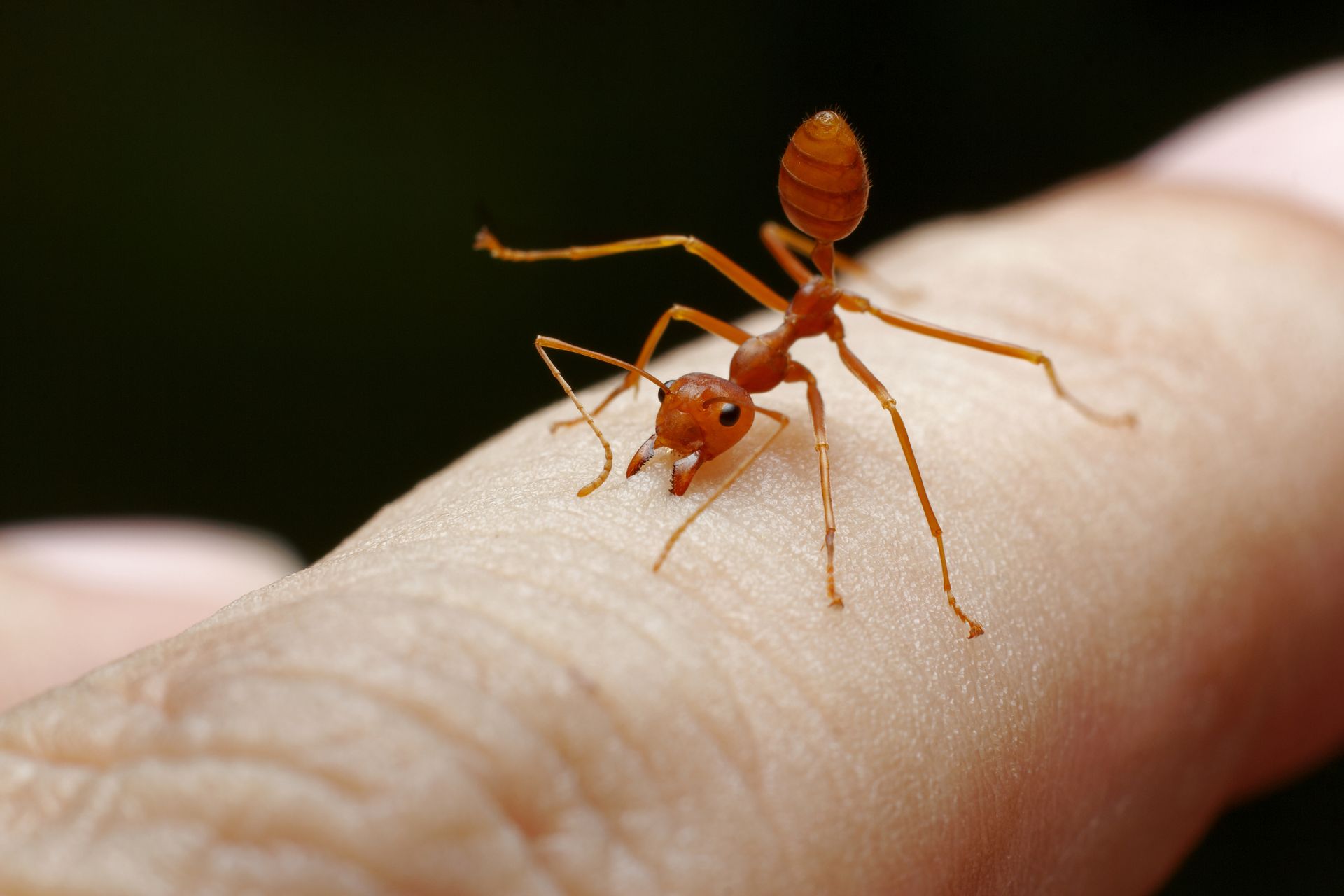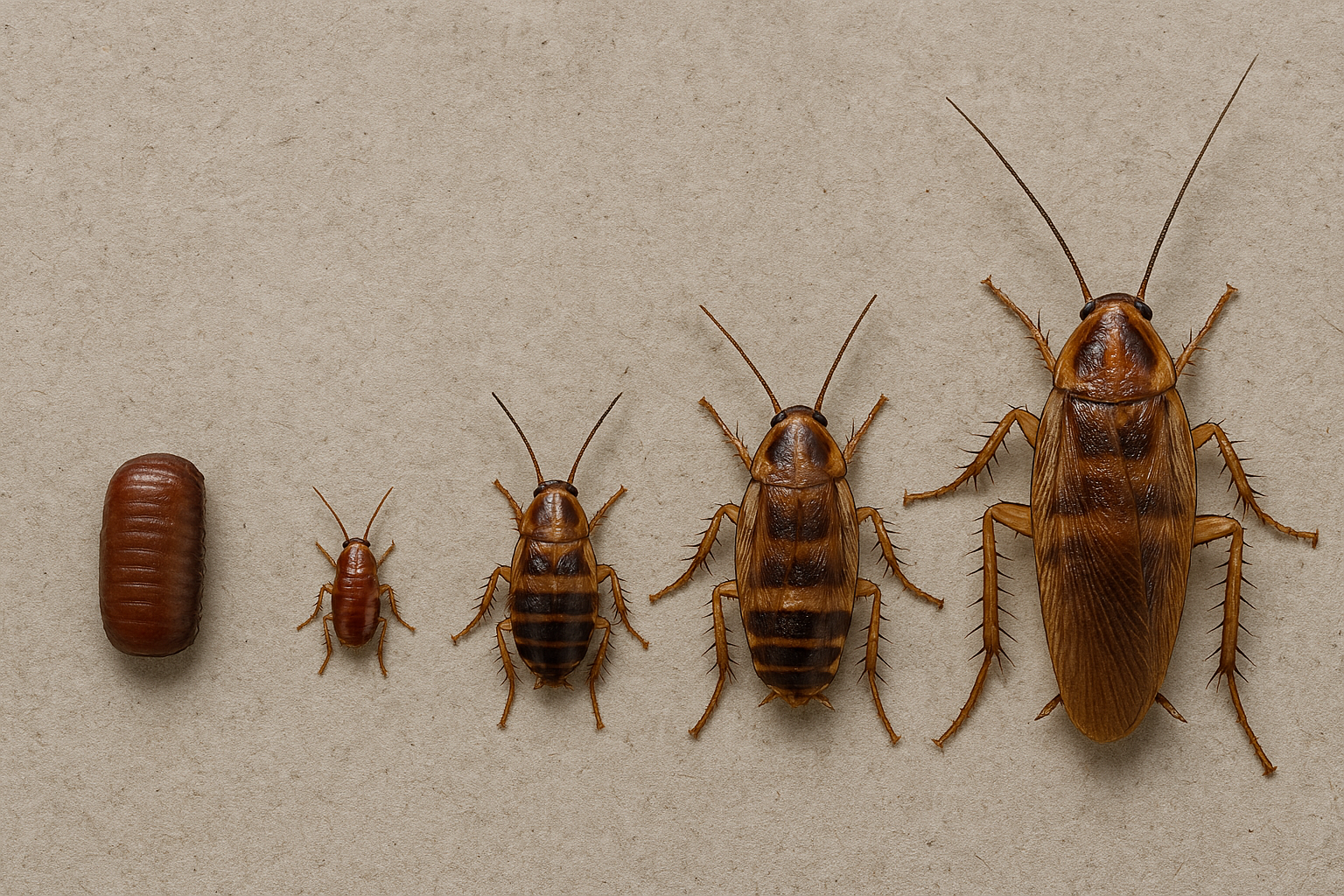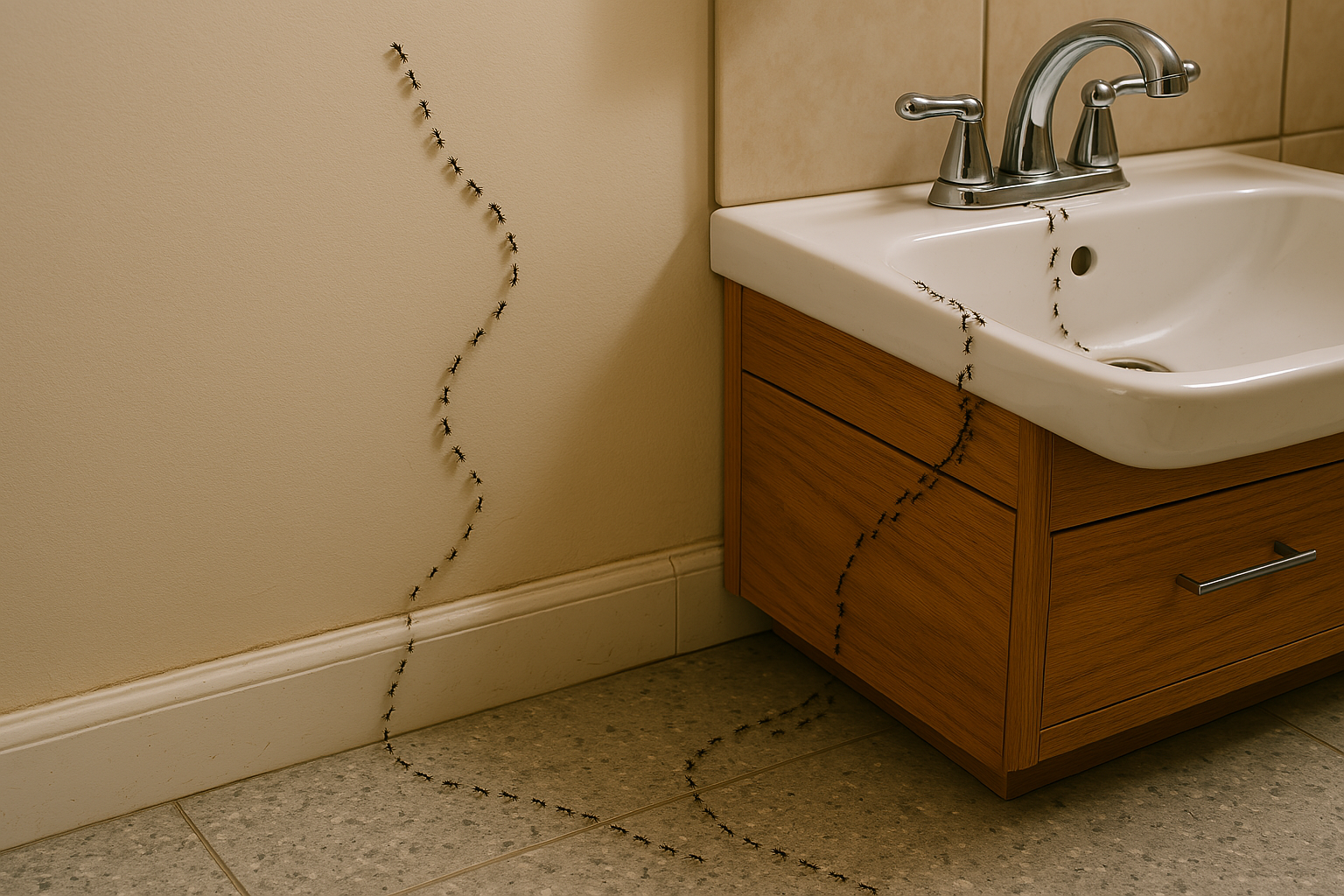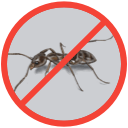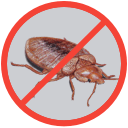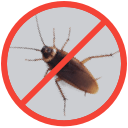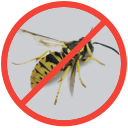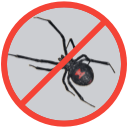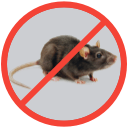Winter Pest Control: Complete Guide to Cold Weather Pest Management
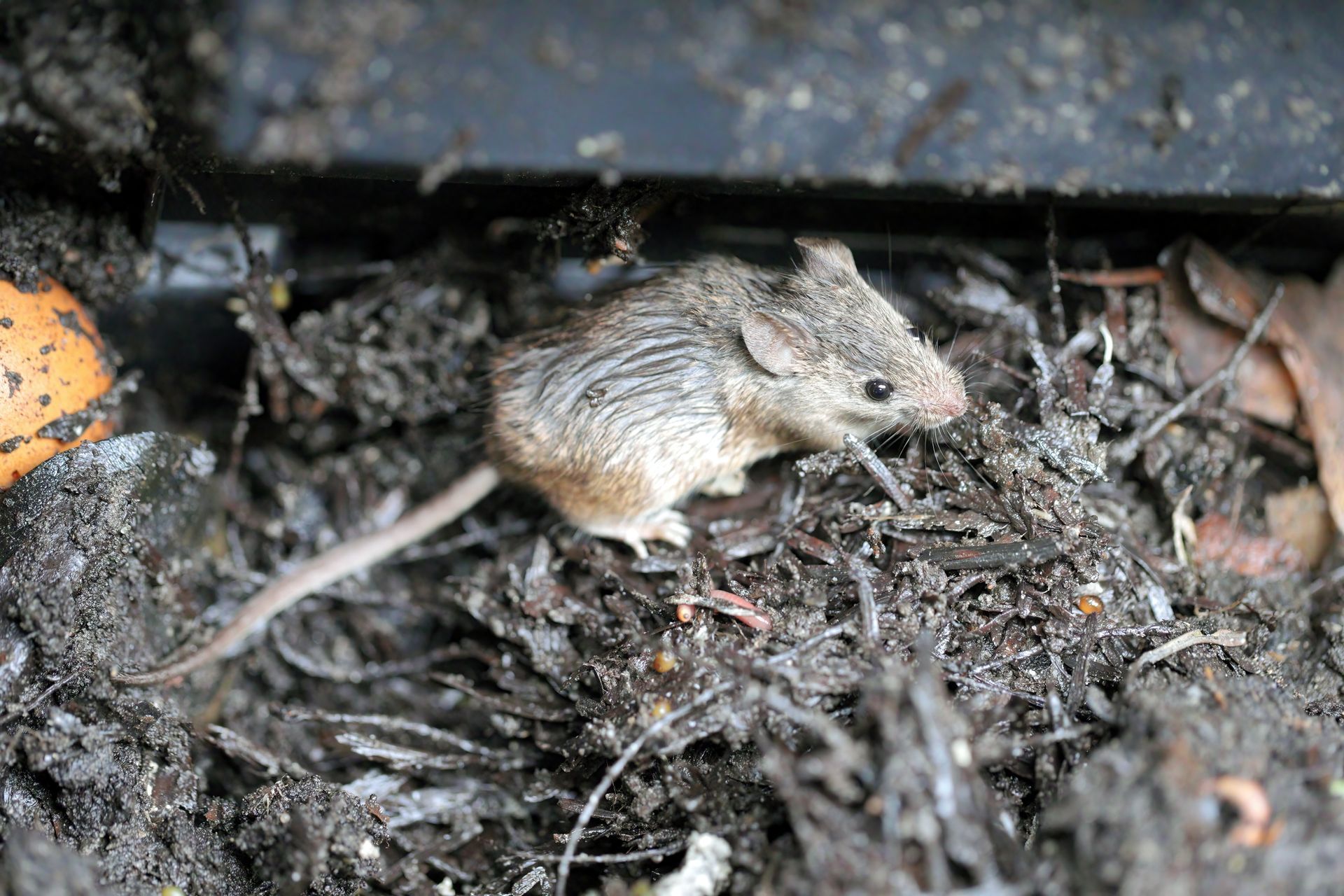
The arrival of winter brings a common misconception that pest problems disappear along with warm weather, yet this seasonal assumption creates dangerous vulnerabilities in home protection strategies. Cold temperatures do not eliminate pest populations but instead drive them toward the warmth and shelter that residential structures provide. Understanding this fundamental truth about winter pest behavior allows homeowners to implement effective protection measures during a season when indoor pest activity often intensifies rather than diminishes.
Heated homes create year round pest havens that offer consistent temperatures, reliable food sources, and protected nesting sites that surpass any natural outdoor shelter. The artificial environments we maintain for human comfort coincidentally provide ideal conditions for numerous pest species to not only survive but thrive throughout winter months. Professional winter pest management strategies recognize these realities and focus on preventing establishment of indoor populations before they become entrenched during the season when outdoor alternatives become scarce.
Winter Pest Behavior and Biology
The scientific understanding of insect winter survival reveals complex biological processes that enable pest species to endure harsh seasonal conditions through various adaptive strategies. Diapause represents the most sophisticated of these mechanisms, functioning as "a physiological state with very specific initiating and inhibiting conditions" that allows bugs in winter to suspend development in response to adverse environmental conditions. This dormancy differs significantly from mammalian hibernation, as insects enter diapause well before winter conditions become severe, triggered primarily by shortening daylight hours rather than temperature changes alone.
Temperature sensitivity varies dramatically among pest species, with most cockroaches experiencing reduced reproduction below 45°F [1] and becoming increasingly vulnerable to mortality as temperatures drop further below freezing, while certain overwintering insects can endure much colder conditions through specialized physiological adaptations. The metabolic slowdown associated with diapause enables insects to survive on stored energy reserves for extended periods, while simultaneously making them less active and more concentrated in specific shelter locations. Indoor environments disrupt these natural cycles by providing consistent warmth that can prevent proper diapause initiation, leading to continued reproduction and activity throughout winter months when pest populations would normally remain dormant.
Most Common Winter Pests
- House mice - The most persistent winter invaders, these rodents can squeeze through openings as small as a dime and reproduce rapidly in warm indoor environments. They seek heated spaces for survival and can produce multiple litters throughout winter months when adequate food and shelter are available.
- German cockroaches - These indoor specialists thrive year round in climate controlled environments and cannot survive outdoors in cold temperatures. They concentrate in warm, humid areas like kitchens and bathrooms where food, water, and heating systems provide optimal conditions for continuous reproduction.
- Norway rats - These larger rodents demonstrate aggressive invasion behaviors and often create new entry points through gnawing when existing openings prove inadequate. They prefer basement and lower level areas where they can establish extensive tunnel systems near food and water sources.
- American cockroaches - Typically outdoor dwellers that migrate indoors when temperatures drop below 50 degrees Fahrenheit, seeking warm refuges in basements, crawl spaces, and utility areas. They require moist environments and often enter through floor drains and plumbing connections.
- Cluster flies - Adults enter homes in large numbers during autumn and spend winter in protected areas like wall voids, attics, and basements. They remain dormant until spring warmth triggers emergence, often creating sudden indoor appearance of numerous flies.
- Asian lady beetles - These overwintering insects congregate in large groups seeking shelter in attics, wall cavities, and other protected spaces. They can release defensive secretions when disturbed and may stain surfaces while searching for exit points during warm winter days.
- Brown recluse spiders - These venomous spiders become more noticeable indoors during winter as they seek warm hiding places in closets, attics, and storage areas. They prefer undisturbed locations and can survive for months without feeding in heated indoor environments.
- Silverfish - Active year round pests that thrive in cold, damp environments with high humidity levels found in basements and crawl spaces. They feed on various materials including paper, fabric, and stored food products while remaining active throughout winter.
- Indian meal moths - These pantry pests continue development and reproduction in heated indoor environments, infesting stored food products throughout winter months. Indoor heating accelerates their life cycle, potentially producing multiple generations during typical overwintering periods.
Why Winter Makes Pest Problems Worse
Indoor heating systems create artificially consistent temperatures that enable pest reproduction and activity to continue uninterrupted throughout seasons when natural outdoor conditions would normally force dormancy or death. Thermostats set for human comfort typically maintain temperatures between 65-75 degrees Fahrenheit, which coincidentally represent optimal activity ranges for numerous pest species including cockroaches, ants [2], and stored product insects. This thermal stability eliminates the natural population controls that harsh winter weather would otherwise provide, allowing pest populations to grow continuously rather than experiencing seasonal reductions.
Increased indoor activity during winter months creates additional food availability and attractants as families spend more time cooking, eating, and storing food within their homes. Holiday gatherings and extended indoor meal preparation provide abundant crumb sources, while reduced outdoor maintenance activities allow entry points to remain unsealed longer than during active seasons. The combination of consistent warmth, increased food sources, and delayed maintenance creates perfect conditions for pest establishment and population growth during months when homeowner vigilance often decreases due to assumptions about seasonal pest inactivity.
Winter Pest Prevention Strategies
- Foundation sealing - Inspect and seal all cracks, gaps, and penetrations around building foundations using professional grade caulks and expanding foam materials. Even small openings can provide entry points for rodents and insects seeking warm shelter from cold outdoor conditions.
- Weatherstripping replacement - Install or replace door and window weatherstripping to eliminate gaps that allow pest entry while improving energy efficiency. Pay particular attention to threshold areas under exterior doors where mice and insects commonly gain access.
- Utility penetration sealing - Seal openings around pipes, cables, and utility lines entering the structure using appropriate materials that accommodate normal expansion and contraction. These often overlooked entry points provide direct access to warm interior spaces.
- Moisture control - Address leaking pipes, faucets, and plumbing fixtures that create attractive water sources for overwintering pests. Install dehumidifiers in basements and crawl spaces to reduce humidity levels that favor pest establishment.
- Food storage management – Pantry pest prevention requires that pantry items from original packaging to sealed containers that prevent access by stored product pests. Clean food preparation areas thoroughly and store pet food in secure containers to eliminate attractants.
- Firewood storage - Store firewood at least 20 feet from the structure and elevate it off ground surfaces to reduce pest harborage near the home. Inspect wood carefully before bringing indoors to prevent introduction of overwintering insects.
- Clutter removal - Eliminate storage clutter in basements, attics, and utility areas that provides nesting sites for rodents and hiding places for various pest species. Organize stored items in sealed containers elevated off floors.
- Chimney screening - Install appropriate screening over chimney openings and attic vents to prevent pest entry while maintaining proper ventilation. Ensure screens remain intact and properly secured throughout winter months.
Professional Winter Pest Control Services
Professional pest management during winter months offers significant advantages through targeting concentrated pest populations in predictable shelter locations before spring activity resumes. Winter treatments focus primarily on interior spaces where both pests and occupants spend most of their time, allowing for more precise application of control measures in areas where they provide maximum impact. Dust formulations often prove particularly effective during cold weather months when conventional liquid treatments may be less practical due to freezing conditions or reduced pest movement patterns.
Integrated winter pest management combines exclusion, sanitation, and targeted chemical treatments customized for cold weather conditions and indoor application requirements. Professional technicians understand seasonal pest behavior patterns and can identify likely overwintering sites that homeowners often overlook, such as wall voids, attic spaces, and utility areas where pest populations concentrate during dormant periods. Emergency response capabilities become particularly valuable during winter months when sudden pest discoveries require immediate intervention to prevent population establishment before spring breeding seasons begin.
Winter Pest Control Timing
- Early Winter (December-January) - This period represents peak indoor pest pressure as outdoor conditions become harsh enough to drive remaining pest populations indoors seeking warmth and shelter. Post holiday inspection protocols help identify pest activity that may have been masked by increased household activity during celebrations, while immediate intervention prevents establishment of breeding populations during months when indoor conditions remain optimal for reproduction. Professional treatments applied during early winter target pests while they remain concentrated in specific shelter areas before they disperse throughout structures as indoor activity patterns change.
- Mid-Winter (January-February) - Maintenance and monitoring strategies dominate this period when established pest populations may become more noticeable due to increased indoor activity and reproduction in heated environments. System evaluations help determine effectiveness of earlier prevention measures while allowing for adjustments to treatment approaches based on pest response patterns observed during initial winter months. Planning for spring prevention measures begins during this period while experience from current seasonal pest activity remains fresh and relevant for developing comprehensive year round management strategies.
- Late Winter (February-March) - Preparation for spring pest emergence becomes critical as overwintering populations begin responding to increasing daylight hours and warming temperatures that signal the end of dormancy periods. Preventive measures applied before active breeding seasons begin provide maximum impact on upcoming population cycles, while early intervention opportunities allow for targeted treatments of overwintering sites before pests disperse into larger areas. Professional consultation during this period helps identify potential spring emergence sites and implements barriers to prevent successful pest reproduction as outdoor conditions improve.
DIY vs. Professional Services
Homeowner winter pest prevention capabilities focus primarily on exclusion and sanitation measures that require basic tools and materials readily available through retail channels. Sealing obvious entry points, replacing weatherstripping, implementing proper food storage practices, and maintaining clean indoor environments fall within typical homeowner skill levels while providing meaningful protection against common winter pest problems. Basic inspection activities enable property owners to identify potential vulnerabilities and prioritize areas requiring attention before professional intervention becomes necessary.
Professional pest management services become essential when pest problems exceed homeowner capabilities or when specialized treatments and expertise are required for complex infestations. Winter pest identification, treatment of inaccessible areas like wall voids and attic spaces, and application of professional grade materials typically require specialized knowledge and equipment that homeowners lack. The cost benefit analysis of professional services must consider potential property damage, health risks, and time investment required for effective DIY approaches versus guaranteed results and ongoing monitoring provided by experienced professionals with access to superior treatment methods and materials.
Regional Considerations
Northern regions of the United States experience more severe winter conditions that drive pest migration patterns earlier in the season and create more intense pressure on indoor spaces as refuges. Extended periods of subfreezing temperatures eliminate most outdoor survival options for pest species, concentrating winter pest activity almost exclusively within heated structures where populations can remain active throughout harsh weather periods. Professional pest management in northern climates often requires more comprehensive interior treatment strategies due to extended indoor occupancy periods for both pests and humans.
Southern regions face different challenges with milder winter temperatures that may not eliminate outdoor pest activity entirely, creating ongoing pressure from external populations seeking supplemental indoor resources. The less predictable migration timing in warmer climates requires more flexible pest management approaches that account for continued outdoor activity combined with increased indoor invasion attempts during periodic cold snaps. Regional pest species variations also influence treatment strategies, as some species endemic to warmer climates demonstrate different behavioral patterns and survival strategies compared to their northern counterparts.
Warning Signs of Infestations
- Rodent activity indicators - Scratching or scurrying sounds within walls, ceilings, or attic spaces during quiet periods indicate active rodent populations that require immediate professional attention. Droppings found along baseboards, in storage areas, or near food sources provide clear evidence of rodent presence and help identify species and activity levels for appropriate treatment selection.
- Cockroach evidence - Live insects seen during daylight hours, egg cases discovered in hidden areas, and musty odors in kitchens or bathrooms suggest established cockroach populations requiring comprehensive treatment approaches. Staining or fecal spots around potential harborage areas indicate ongoing activity and help guide targeted treatment applications.
- Stored product pest signs - Webbing in pantry items, small holes in food packaging, and adult moths or beetles emerging from stored products indicate active infestations requiring immediate food inspection and disposal. Larvae or pupae found in stored food products suggest established breeding populations that may have spread beyond initially infested items.
- Overwintering insect clusters - Large numbers of beetles, flies, or other winter insects appearing suddenly in living spaces during warm winter days indicate overwintering populations emerging from hidden sites. Staining on walls or windowsills from defensive secretions suggests concentrated populations seeking emergence points that may require professional removal.
Emergency Response Protocols
Immediate action steps for active winter infestations focus on containment and safety measures while arranging professional treatment services, as DIY control attempts often prove inadequate for established winter pest populations. Isolation of affected areas prevents pest spread to uncontaminated portions of homes, while removal of attractants and temporary exclusion measures provide short term relief until comprehensive treatment plans can be implemented. Documentation of pest activity locations and timing helps professional technicians develop targeted response strategies.
Safety considerations become particularly important during winter months when reduced ventilation in tightly sealed homes can concentrate chemical applications and create health hazards if proper precautions are not followed. Professional consultation provides guidance regarding evacuation necessity and treatment safety protocols based on specific pest species and application methods required. Emergency response planning should account for weather conditions that may affect treatment scheduling and application methods during severe winter weather periods.
Common Winter Pest Control Mistakes
- Assuming pest dormancy - Many homeowners incorrectly believe that cold weather eliminates pest activity, leading to reduced vigilance during months when indoor pest populations often remain active. This misconception delays detection and intervention until infestations become well established and more difficult to control.
- Inadequate moisture control - Failing to address water leaks, condensation problems, and humidity issues creates attractive conditions for various pest species that require moisture for survival. Winter heating systems can create condensation problems that homeowners often overlook while focusing on temperature control.
- Delayed professional intervention - Attempting extensive DIY control measures before consulting professionals often allows pest populations to grow and spread throughout structures during critical intervention periods. Winter pest problems typically require specialized treatment approaches that DIY methods cannot effectively address.
- Incomplete exclusion efforts - Focusing on obvious cold weather entry points while overlooking utility penetrations, foundation gaps, and seasonal damage creates ongoing vulnerability to pest invasion. Comprehensive exclusion requires systematic inspection and sealing of all potential access routes.
- Poor food storage practices - Maintaining food in original packaging, leaving pet food accessible, and inadequate cleaning of food preparation areas provide abundant resources for overwintering pest populations. Winter indoor cooking and food storage patterns often create more attractants than homeowners realize.
Health and Safety Considerations
Winter pest related health risks intensify due to increased indoor exposure time and reduced air circulation in tightly sealed homes during cold weather months. Rodent infestations pose serious health threats through contamination of food preparation surfaces and airborne particles from disturbed nesting materials that can trigger respiratory problems [2]. Cockroach allergens accumulate more readily in closed indoor environments, potentially exacerbating asthma and allergy symptoms among sensitive individuals who spend extended periods indoors during winter months [3].
Indoor air quality concerns require careful consideration when applying pest control treatments in sealed winter environments where occupant exposure risks may be elevated compared to warmer months with better ventilation. Professional treatment protocols account for reduced air circulation and longer indoor occupancy periods by selecting appropriate application methods and timing that minimize health risks while maintaining treatment effectiveness. Emergency evacuation protocols may become necessary during severe infestations requiring intensive treatment approaches in confined indoor spaces.
Long Term Winter Pest Management
Annual winterization checklists should include comprehensive pest prevention measures integrated with energy efficiency improvements and seasonal maintenance activities. Property modification investments such as improved weatherization, moisture control systems, and structural repairs provide long term pest management benefits while enhancing home comfort and energy efficiency. Building maintenance schedules that coordinate pest prevention activities with routine seasonal preparations ensure consistent protection without requiring separate time and resource investments.
Investment in permanent exclusion solutions such as professional grade sealing materials, screening systems, and moisture control infrastructure provides ongoing protection that reduces annual pest management costs over time. Professional partnerships for ongoing monitoring and maintenance ensure continued effectiveness of prevention measures while providing rapid response capabilities when unexpected pest problems develop despite preventive efforts.
Contact EcoGuard for Professional Winter Pest Management
The complexity and intensity of winter pest problems often require professional expertise that goes beyond typical homeowner capabilities, making consultation with experienced pest management professionals valuable for comprehensive protection strategies. EcoGuard's specialized knowledge of regional winter pest behavior patterns enables development of customized treatment approaches that address specific property vulnerabilities and seasonal pest pressures. Professional assessment of winter pest risks provides homeowners with realistic expectations and appropriate prevention strategies tailored to local conditions and common pest species. Early professional intervention during winter months often proves more cost effective than addressing established infestations that develop when seasonal pest migration patterns are not properly anticipated and prevented. Contact EcoGuard Pest Management to ensure that your home is prepared and protected from winter insect invasions.
Frequently Asked Questions
Do pests go away in winter?
Most pests do not disappear during winter but instead seek warm shelter indoors where they can remain active throughout cold months. While outdoor pest activity decreases, indoor pest populations often increase as heated homes provide ideal conditions for continued reproduction and development.
What pests are active during winter months?
Common active winter pests include German cockroaches, house mice, Norway rats, cluster flies, silverfish, and stored product insects that thrive in heated indoor environments. Overwintering insects like Asian lady beetles and brown marmorated stink bugs also remain present but typically less active until spring emergence.
Why do I have more pests inside during winter?
Indoor heating creates consistent temperatures that enable year round pest activity while outdoor conditions drive pest populations toward warm shelter. Increased indoor food preparation and storage during winter months provides additional attractants for pest species seeking survival resources.
How do I pest proof my home for winter?
Effective winter pest proofing materials need to be used for comprehensive exclusion through sealing entry points, moisture control, proper food storage, and elimination of indoor attractants. Professional inspection and treatment often provide more thorough protection than DIY efforts alone.
Do cockroaches survive cold weather?
Most cockroach species cannot survive prolonged exposure to temperatures below 45-50 degrees Fahrenheit and actively seek indoor shelter during cold weather. However, they thrive in heated indoor environments and remain active throughout winter months when adequate warmth is available.
When should I start winter pest control?
Winter pest control should begin in early fall before pest migration patterns intensify, with ongoing monitoring and intervention throughout winter months as needed. Early prevention measures prove more effective than reactive treatments applied after pest establishment occurs.


